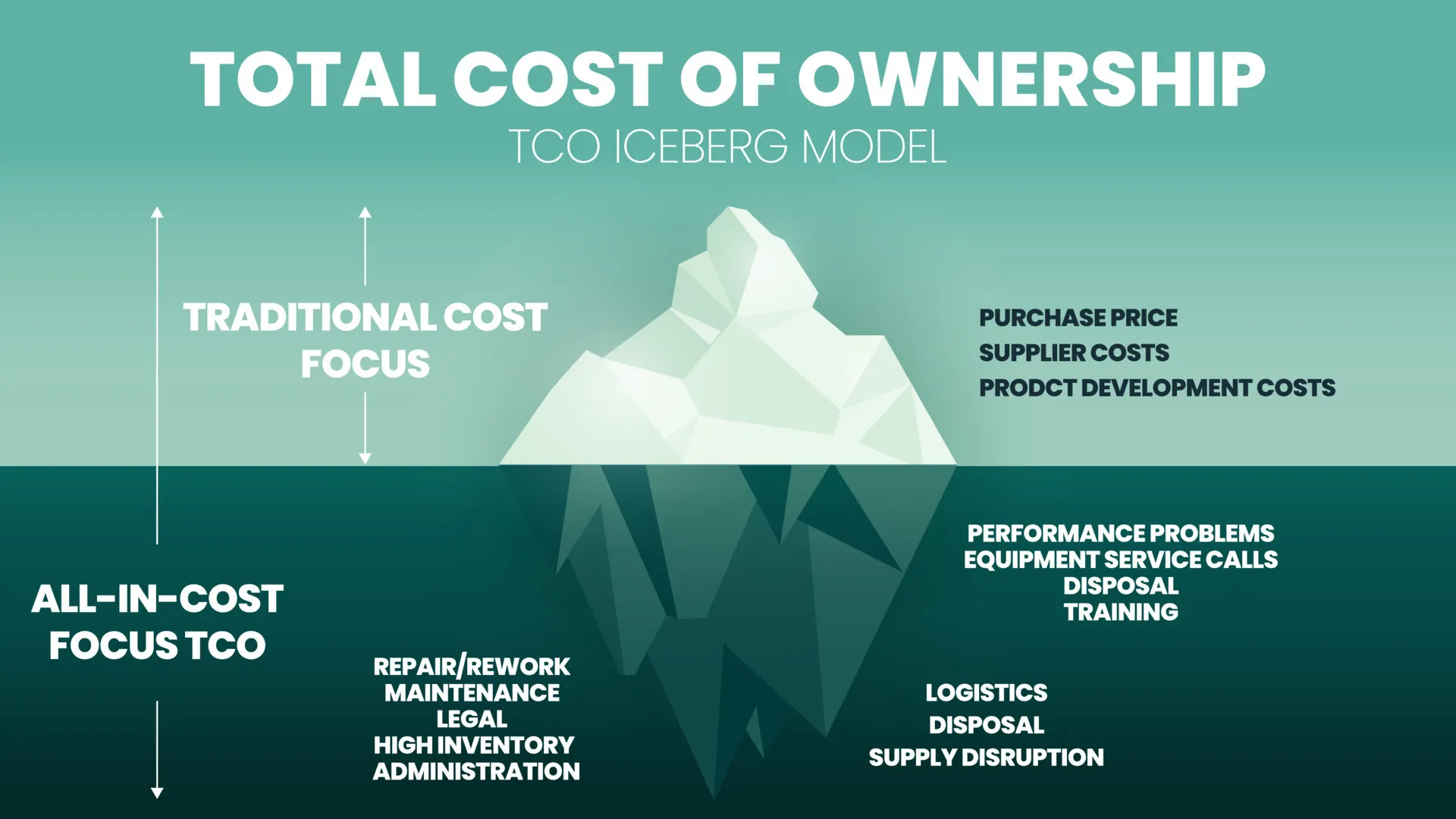iStock is a well-known online platform that provides a vast library of high-quality stock photos, illustrations, videos, and audio tracks. Founded in the early 2000s, it has become a go-to resource for creatives, marketers, and businesses seeking visual content. What sets iStock apart is its unique approach to stock imagery—offering both exclusive and non-exclusive content, which caters to a wide range of budgets and needs. In this blog post, we will delve into the fascinating history of
Founding and Early Years of iStock

The story of iStock begins in 2000, when it was founded by Bruce Livingstone in Calgary, Canada. Livingstone, a photographer himself, recognized a gap in the market for affordable, high-quality stock images. He envisioned a platform that not only provided these images but also allowed photographers to share their work and earn money. This vision led to the creation of iStockphoto, the original name of the platform.
Initially, iStock operated on a unique model where photographers could upload their images and set their prices, creating a community-driven marketplace. This approach allowed for a diverse range of content while giving photographers a platform to showcase their talents. In its first year, iStock quickly gained traction, attracting both contributors and customers eager for affordable stock solutions.
By 2002, iStock had made a significant impact on the stock photography industry. It differentiated itself from traditional stock agencies by offering lower prices and a more extensive selection of images. The company also introduced a credit system, allowing customers to purchase credits in bulk for future downloads—a feature that enhanced user experience.
As iStock grew, so did its reputation. It became a pioneer in the microstock movement, leading to a shift in how stock photography was perceived and consumed. The platform’s focus on community and accessibility resonated with users, making it a beloved choice for many creatives. By the mid-2000s, iStock had established itself as a leader in the industry, setting the stage for its future developments.
Also Read This: The Top 10 Twitter Analytics Tools for Measuring Your Social Media Success
3. Acquisition by Getty Images

iStock, initially founded in 2000 by Bruce Livingstone, quickly gained popularity as a platform for affordable stock photography. However, in 2006, it caught the eye of a major player in the industry: Getty Images. The acquisition marked a significant shift not just for iStock, but for the entire stock photography landscape.
Getty Images, known for its extensive collection of high-quality imagery and video content, purchased iStock for approximately $50 million. This strategic move allowed Getty to tap into a burgeoning market of budget-conscious consumers and small businesses that sought accessible visual content.
After the acquisition, iStock continued to operate under its own brand, but it also benefited from Getty's vast resources. Here are some key points about this acquisition:
- Expanded Reach: iStock was able to leverage Getty's global presence to expand its user base and reach a broader audience.
- Resource Allocation: Getty's financial backing meant better technology, improved search capabilities, and a more extensive library of assets.
- Brand Recognition: Being associated with Getty enhanced iStock's credibility in the competitive stock photography market.
Overall, the acquisition by Getty Images was a pivotal moment for iStock, providing it with the tools and support needed to thrive in a fast-evolving digital landscape.
Also Read This: Understanding the Differences Between Following and Connecting on LinkedIn
4. Impact of Ownership Changes on iStock
The acquisition of iStock by Getty Images brought about several noteworthy changes that impacted not only the company but also its contributors and customers. Understanding these changes is essential to grasping how iStock has evolved over the years.
One of the most significant impacts was on the contributor community. Initially, iStock was known for its unique “microstock” model, allowing photographers to upload their work and earn royalties. However, after the acquisition, Getty introduced new pricing structures and royalty rates that stirred mixed reactions among contributors.
| Aspect | Before Acquisition | After Acquisition |
|---|---|---|
| Royalty Rates | Higher rates for contributors | Variable rates based on contributor levels |
| Quality Control | Community-based review | Getty's stricter quality standards |
| Market Reach | Small but niche audience | Access to Getty's vast customer base |
Moreover, customers also experienced changes in the types of images available and how they could purchase them. The integration with Getty's platform allowed iStock to offer a more diverse range of content, but it also led to a shift in pricing strategies that some users found less favorable.
In conclusion, the ownership changes at iStock have had a profound impact on its operations, its contributors, and its users. While some welcomed the enhancements and broader reach, others expressed concerns over the changes to the community-driven model that originally defined iStock.
Also Read This: How to Properly Cite Dailymotion Content
Current Ownership Structure
iStock, once an independent entity, has undergone significant changes in ownership since its inception. Originally founded in 2000 by Bruce Livingstone, iStock was one of the pioneers in the microstock photography industry. In 2006, the company caught the eye of Getty Images, a giant in the stock media field. This acquisition marked a pivotal moment in iStock's history, as it transitioned from a start-up to a subsidiary of one of the largest media companies in the world.
Today, iStock operates under the Getty Images umbrella, which has allowed it to leverage the vast resources and extensive distribution networks of its parent company. This structure has provided iStock with numerous advantages, including:
- Access to a wider audience: Being part of Getty Images means that iStock can reach a larger pool of potential customers.
- Enhanced technological resources: iStock benefits from Getty's investment in technology, improving user experience and platform functionality.
- Credibility and trust: The association with Getty Images adds a layer of credibility, making iStock more appealing to both contributors and buyers.
However, it's worth noting that while iStock is part of Getty Images, it operates with a distinct brand identity. This allows it to cater to a different market segment, focusing on affordability and accessibility, which is a key selling point for many users seeking high-quality stock images and media.
Also Read This: How to View YouTube Likes and Dislikes – A Complete Guide
The Future of iStock in the Stock Media Industry
The stock media industry is evolving rapidly, driven by technological advancements and changing consumer behaviors. As we look ahead, iStock is well-positioned to navigate these changes and continue its growth trajectory. Here are a few trends and strategies that may shape the future of iStock:
- Emphasis on diversity and inclusivity: In recent years, there has been a growing demand for diverse and inclusive imagery. iStock has already made strides in this area, and continuing to expand its library with diverse contributors will likely enhance its appeal.
- Integration of AI technologies: Artificial intelligence is set to revolutionize how stock media is created, searched, and utilized. iStock may leverage AI to improve search functionalities, making it easier for customers to find exactly what they need.
- Focus on subscription models: The shift towards subscription-based services is becoming more prevalent. iStock may continue to enhance its subscription offerings to provide better value to frequent users while maintaining a competitive edge.
- Expansion into new markets: As global demand for stock media grows, iStock may look to expand its reach into emerging markets, tapping into new customer bases.
Ultimately, the future of iStock will depend on its ability to adapt to these trends while maintaining its core values of affordability and quality. With a solid foundation and the backing of Getty Images, iStock is poised to remain a key player in the stock media industry for years to come.
Understanding the Ownership and History of iStock
iStock, a well-known stock photography website, has significantly influenced the digital media landscape since its inception. Founded in 2000 by Bruce Livingstone, iStock was among the first platforms to offer stock images at affordable prices, making high-quality visuals accessible to a broader audience, including small businesses and independent creators.
In 2006, iStock was acquired by Getty Images, a leading global provider of visual content. This acquisition allowed iStock to leverage Getty's extensive resources, expanding its library and enhancing its credibility within the industry. Under Getty’s ownership, iStock introduced innovative features such as the subscription model, enabling users to access a vast array of images for a flat monthly fee.
The platform has evolved over the years, responding to the changing needs of its users. Today, iStock offers a diverse range of content, including:
- *Stock Photos
- Illustrations
- Vectors
- Video Clips
- Audio Files
iStock is known for its two pricing tiers: iStock Essentials and iStock Signature*, catering to different budgets and project requirements. The platform also emphasizes the importance of contributor relationships, offering various ways for photographers and artists to monetize their work.
Overall, iStock has played a pivotal role in democratizing access to visual content, fostering creativity among users, and empowering creators to tell their stories through imagery.
In conclusion, iStock's journey from a small startup to a significant player in the stock imagery market highlights its adaptability and commitment to both creators and consumers. Its acquisition by Getty Images further solidified its position, ensuring that it remains a preferred choice for high-quality, affordable visual content.